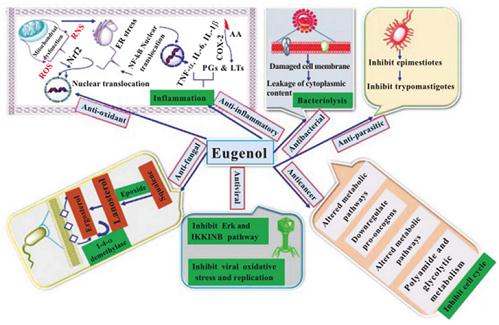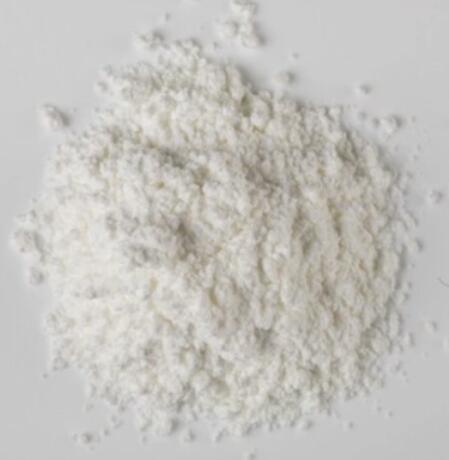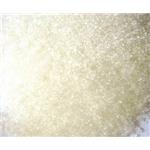General description of Bronopol
Jul 1,2022
General description
Bronopol, or 2-Bromo-2-nitro-1,3-propanediol, is an organic compound with wide-spectrum antimicrobial properties. First synthesized in 1897, bronopol was primarily used as a preservative for pharmaceuticals and was registered in the United States in 1984 for use in industrial bactericides, slimicides and preservatives. Bronopol is used as a microbicide or microbiostat in various commercial and industrial applications, including oil field systems, air washer systems, air conditioning or humidifying systems, cooling water systems, papermills, absorbent clays, metal working fluids, printing inks, paints, adhesives and consumer products. Compared to other aliphatic halogen-nitro compounds, bronopol is more stable to hydrolysis in aqueous media under normal conditions. The inhibitory activity against various bacteria, including Pseudomonas aeruginosa, was demonstrated in vitro. The agent is largely available commercially as an antibacterial for a variety of industrial purposes while it is predominantly available for purchase as a pet animal litter antibacterial at the domestic consumer level. Nevertheless, ongoing contemporary re-evaluations of bronopol use in large markets such as Canada now place various compositional and product restrictions on the use of the agent in cosmetic products and in other products where it may not primarily be used in the role of a non-medicinal preservative antimicrobial[1].
Application and Pharmacology
Domestic industrial fungicides use chlorine fungicides for a long time, and the demand reaches hundreds of thousands of tons every year. However, after chlorine treatment, chloroform is easy to be produced in water. It is a carcinogen, and its half-life is long, which is easy to cause harm to the environment. Therefore, countries have successively issued laws and regulations to increasingly strictly control the discharge of residual chlorine. At present, there is a trend of substituting bromine for chlorine in the fungicide Market. Substituting bromine for chlorine can improve the performance of fungicides by several to dozens of times, and greatly reduce the dosage of fungicides. The results of laboratory evaluation showed that bromine had higher killing activity than chlorine when the pH value was above 8.0; In some systems with process pollution such as organic matter or ammonia pollution, bromine has higher killing activity than chlorine; The decay rate of free bromine and bromine compounds is fast and the pollution to the environment is small. Therefore, the development of bromine series fungicides is of great significance.
Synthesis
Bromonitrol is a new type of bromine bactericidal preservative, trade name: bropol, molecular weight 200, soluble in water, ethanol and acetone. In the past, it was mainly used as a cosmetic preservative, and as a fungicide in pesticides and medicine. Since the 1990s, it has been mainly used in industrial circulating water for sterilization and algae killing; Sterilization of paper pulp, coating, plastics, wood cooling water circulation system and other industrial applications. Because it has the advantages of good water solubility, good compatibility and high efficiency, it is in line with the development policy of green and environmental protection. Therefore, bromonitrol fungicide will have great development prospects. In recent years, some domestic units have also studied it and tried to explore a better synthetic process.
Figure 1 the synthesis route of Bronopol
From the above reaction equation, it can be seen that the amount of bromine used in bromine chloride substitution method can be reduced by half in theory and the production cost can be greatly reduced; In addition, because BrCl has large reaction activity, fast reaction speed and high selectivity, it can shorten the reaction time and improve the production efficiency. The obtained product has light color and high quality. Therefore, bromine chloride substitution method was used in the experiment to synthesize the product of bromonitrol[2].
Safety
In vitro skin penetration of bronidox, bronopol and formaldehyde from cosmetics. Bronidox and bronopol absorption depends on the formulation. The O/W emulsion was the system that least promoted absorption of bronidox while the absorption of bronopol was lower from the hydrogel. The aqueous solution provided maximal transdermal absorption of both preservatives. Moreover, the transdermal absorption of formaldehyde released from bronopol also depends on the formulation, being the aqueous solution the system that allowed greater absorption. Transdermal absorption of formaldehyde, applied directly or released from DMDM hydantoin, is not conditioned by the excipients. The degree of transdermal absorption of all the preservatives tested is low and therefore the concentrations allowed by regulations are safely used. Nonetheless, since formaldehyde was detected in the receptor compartment after a long time exposure to bronopol and DMDM hydantoin it would be important to consider the possibility of limiting the use of these two preservatives to rinse off products as is the case of bronidox[3].
Reference
1. Chai, S.S., et al., Analysis of bronopol (2-bromo-2-nitropropan-1, 3-diol) residues in rice (Oryza sativa L.) by SPE using Bond Elut Plexa and liquid chromatography-tandem mass spectrometry. Anal Bioanal Chem, 2018. 410(2): p. 399-405.
2. Chilbule, A., et al., Development and validation of an analytical method for determination of bronopol and kathon preservative in milk. J Food Sci Technol, 2019. 56(6): p. 3170-3176.
3. Lopez-Sanchez, L., et al., In vitro skin penetration of bronidox, bronopol and formaldehyde from cosmetics. Regul Toxicol Pharmacol, 2021. 122: p. 104888.
- Related articles
- Related Qustion
- Bronopol: Antifungal Activities and its Detection Method May 22, 2024
Bronopol has low mammalian toxicity, and shows moderate antifungal activity. LC-MS/MS method ensures accurate detection of bronopol in aquaculture products.
- Toxicity of Bronopol Jul 25, 2022
Bronopol strongly inhibits the growth of Gram positive and Gram negative Bacteria. It also is highly effective in eliminating the growth of Pseudomonas species, including pathogenic Pseudomonas aeruginosa.
- Use of Bronopol Jan 7, 2022
Bronopol is used as a preservative in various cosmetic, pharmaceutical, toiletry and household preparations at concentrations of up to 0.1% (wt/vol) particularly because of its high activity against Gram-negative bacteria, especially Pseudo
Eugenol is a phenylpropane compound existing in Syringa plants. It is a liquid with lilac flower flavor. Its chemical name is 4-allyl-2-methoxyphenol. Eugenol is the main bioactive compound of Syringa....
Jun 30,2022DrugsTheophylline, also known as 1,3-dimethylxanthine, is a phosphodiesterase inhibiting drug used in therapy for respiratory diseases such as chronic obstructive pulmonary disease (COPD) and asthma under a variety of brand names.....
Jul 1,2022API








